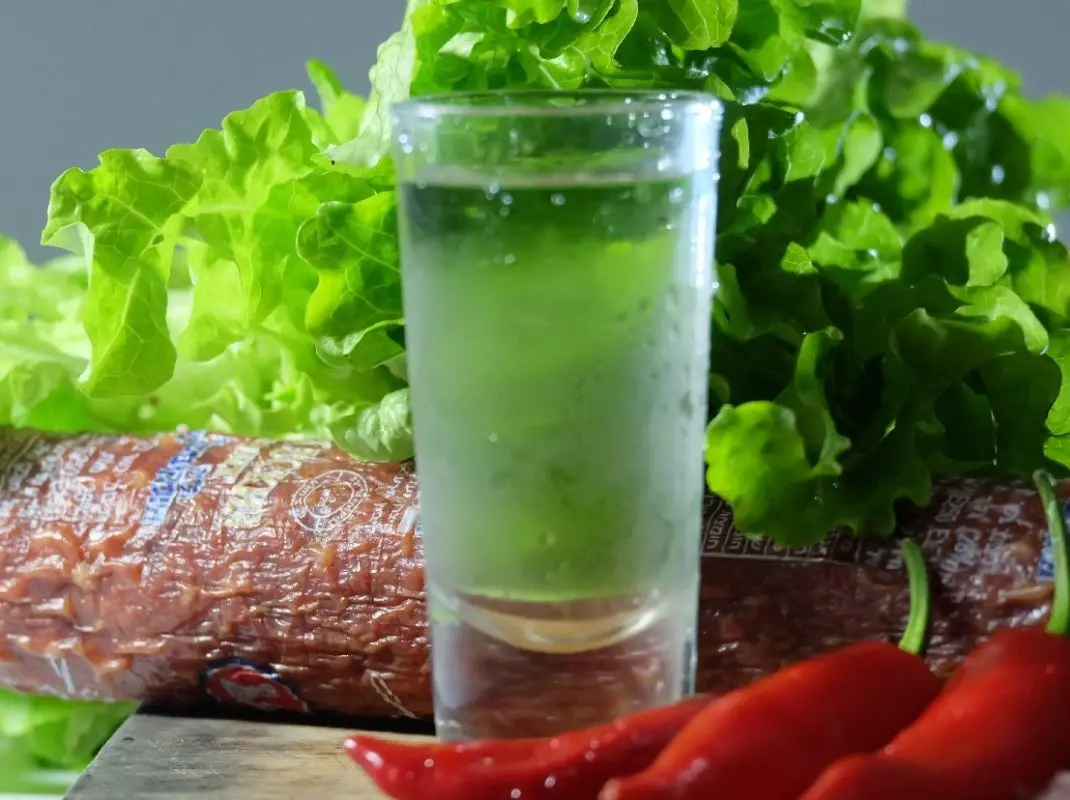Vodka remains the most sought-after spirit in Russia, although its popularity has begun to decline in recent years. However, the level of sales of the national drink in comparison with wines and cognacs remains a record high – monthly citizens of the country buy about 6 million decaliters. Quality control at enterprises is high, so there are many worthy brands on sale in both the budget and premium segments. Next, we will figure out how to choose high-quality vodka and what to look for when buying.
Historical information
The state standard for vodka first appeared in 1941. The document gave the concept of a drink, determined the method of production, as well as the fortress. According to GOST of that time, vodka was a mixture of ethyl alcohol and water filtered through activated carbon. The maximum alcohol content of the drink was not to exceed 56%. A separate standard concerned the technology for the production of alcohol; for its violation, plants were threatened with severe punishment.
Classical vodka with a strength of 40 degrees was poured only into glassware. In stores, Soviet citizens could buy bottles of various sizes – from a hundred-gram “scoundrel” to the standard 0,5 liter. Larger containers were brought to restaurants, the largest of them included 25 liters of strong drink. It was allowed to add sodium bicarbonate to “Moscow Special” vodka, that is, ordinary baking soda, which protected the gastric mucosa from the aggressive action of ethanol.
In the 1980s, changes were made to the standard, and an indication of the type of alcohol from which vodka was made appeared on the label. Stores began to sell bottles ranging from 50 ml to 1,75 liters. in the late 1990s, a new GOST was approved, which allowed the addition of various aromatic and flavor components to vodka. The document established the content of methyl alcohol – no more than 0,03%. Methanol was in the composition before, and this change was due to the fact that the laboratory equipment became more advanced, which made it possible to better analyze the composition of the drink.
Currently, the production of Russian vodka is regulated by a standard approved in 2013. The document establishes that the drink is allowed to be made from the following types of alcohol:
- “Extra” – from cereals and potatoes;
- “Lux” – from various grain crops;
- “Alpha” – from rye, wheat, or a mixture thereof.
Alcohol “Alpha” is at the highest level of quality. The methanol content in it is no more than 0,003%, according to this indicator, it is almost seven times ahead of Lux. The manufacturer must indicate the composition on the label. Marking “Alpha” indicates the high quality of the product, as a rule, this alcohol is not used in economy class brands.
How to choose a good vodka
The shelves of the trading floors are filled with bottles of both well-known and less popular brands. Keep in mind that even a point of sale with an impeccable reputation can get fake, as stores bring vodka from wholesale depots, and may not be aware that they are buying a “left” batch. If the quality of printing on a label or excise stamp is in doubt, you should refrain from buying. Figured bottles with a dispenser are less often faked, you should pay attention to such brands. Fortunately, with the introduction of the Unified State Automated Information System (EGAIS), there are practically no counterfeits in licensed stores.
Read the information on the label carefully. Good potato vodka is produced in Poland, but in Russia, high-quality products are produced only on the basis of Lux or Alfa alcohol. Raw materials are not cheap, so it is extremely difficult to find a good drink in the lower price segment. According to Roskachestvo experts, who evaluated almost fifty marks in 2017, all vodka over 350 rubles was worthy.
Another important indicator of quality is water. Producers are trying to find the optimal source of mineral composition, so that vodka acquires a mild taste. Water comes to the plants most often from artesian wells or from springs. Premium brands take pride in their sources. Icelandic producer Reyka uses the waters of a stream flowing through a field of lava, and Morosha vodka is made from the resources of mineralized springs in the Carpathians.
Good vodka is never made from distilled water – such a drink is sharp and unpleasant in taste.
Often, manufacturers write production features on the label, indicate the degree of purification. Most often, at Russian factories, a mixture of alcohol and water is passed through carbon filters with the addition of silver, gold and even platinum threads. However, experts believe that the quality of the raw materials used in distillation largely affects the organoleptic characteristics of the drink. If violations were initially made, then repeated cleaning is not able to save the product.
Vodka is tasted warm, as cold reduces the sensitivity of taste buds. Rub a drop of the drink between your palms and smell it – a good drink smells like grain. The taste of high-quality vodka is mild, and there are no aggressive alcohol tones in the aroma. Additional ingredients also contribute. For example, an infusion of yeast-free wheat bread is added to Russian Standard, which gives the drink a velvety taste.

If you find it difficult to choose vodka in a store, remember the tricks that retailers use. At eye level, there are usually more expensive products of well-known brands, but the high price will not always be justified. Focus on the shelves a little lower and take several different bottles, having previously studied the composition. So you can evaluate different brands, and choose the best one for both quality and price.









